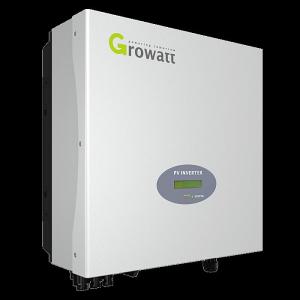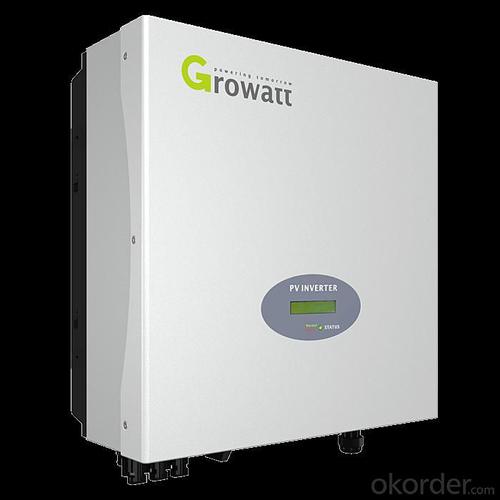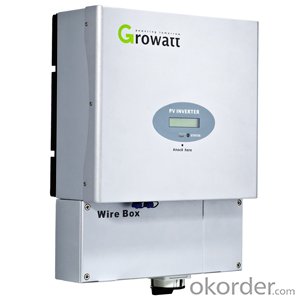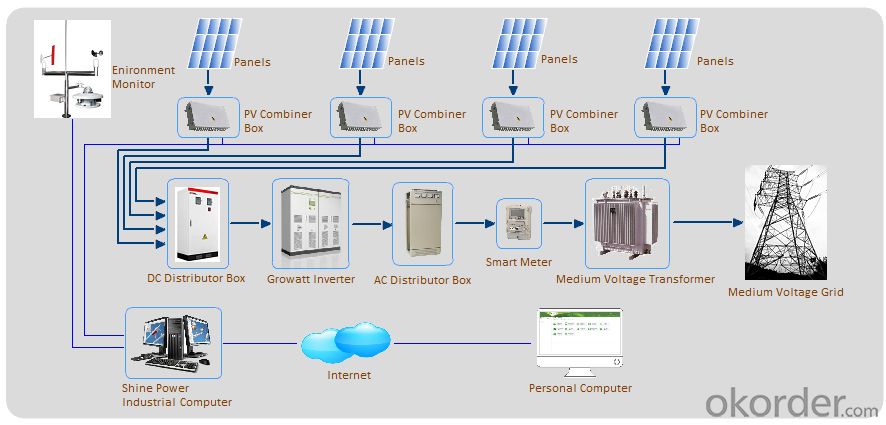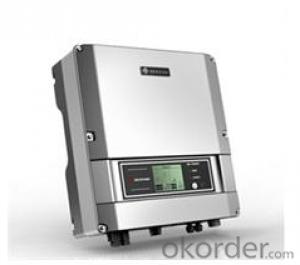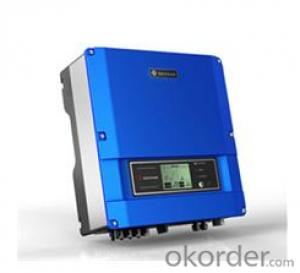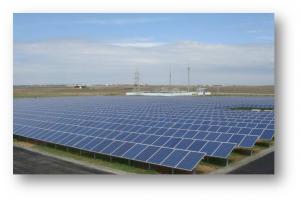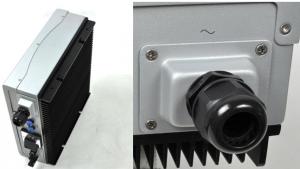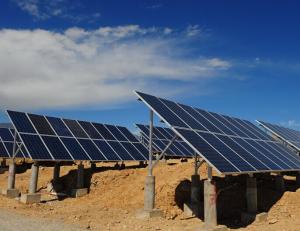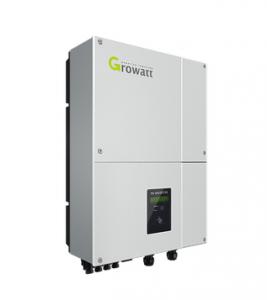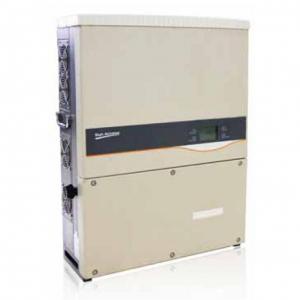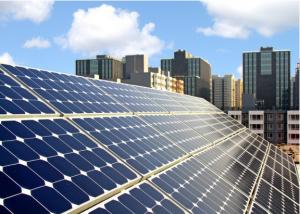Solar Inverter 220 Volt Grid-Tied Solar PV Inverter 20000TL - Flexible and Economical System Solution
- Loading Port:
- Shanghai
- Payment Terms:
- TT or LC
- Min Order Qty:
- 10 unit
- Supply Capability:
- 10000 unit/month
OKorder Service Pledge
OKorder Financial Service
You Might Also Like
High-yield
·Max98.2% efficiency
·Realtime precise MPPT algorithm for max harvest
·Wideinput voltage operation range from 250V to 960V
Allin one. Flexible and economical system solution
·DCswitch(option)
·DCsurge protection device(option)
·ACsurge protection device(option)
·Built-inPV Combiner(option)
·Powermanagement unit
·Optimumselection for big PV plants, commercial buildings...
Lowmaintenance cost
·Detachablecover for easy installation
·Rust-freealuminum covers
·Flexiblemonitoring solution
·Multifunction relay can be configured to show various inverter information
Intelligentgrid management
·LVRTsupport
·Reactivepower adjustable
·Selfpower reducer whenover frequency
·Remoteactive/reactive power limit control
Technical Data | SOFAR 10000TL | SOFAR 15000TL | SOFAR 17000TL | SOFAR 20000TL |
Input (DC) | ||||
Max. Input Power | 10400W | 15600W | 17700W | 20800W |
Max. DC power for single MPPT | 6750(450V-850V) | 10500(500V-850V) | 10500(500V-850V) | 12000(500V-850V) |
Number of independent MPPT | 2 | |||
Number of DC inputs | 2 for each MPPT | 3 for each MPPT | ||
Max. Input Voltage | 1000V | |||
Start-up input voltage | 350V(+/-1V) | |||
Rated input voltage | 600V | |||
Operating input voltage range | 250V-960V | |||
MPPT voltage range | 350V-850V | 370V-850V | 420V-850V | 430V-850V |
Max. Input current per MPPT | 15A/15A | 21A/21A | 21A/21A | 24A/24A |
Input short circuit current per MPPT | 20A | 27A | 27A | 30A |
Output(AC) | ||||
Rated power(@230V,50Hz) | 10000VA | 15000VA | 17000VA | 20000VA |
Max. AC power | 10000VA | 15000VA | 17000VA | 20000VA |
Nominal AC voltage | 3/N/PE, 220/380 3/N/PE, 230/400 3/N/03, 240/415 | |||
Nominal AC voltage range | 184V-276V | |||
Grid frequency range | 50Hz, +/-5Hz | |||
Active power adjustable range | 0~100% | |||
Max. Output Current | 15A | 22A | 25A | 29A |
THDi | <3% | |||
Power Factor | 1(Adjustable +/-0.8) | |||
Performance | ||||
Max efficiency | 98.2% | |||
Weighted eff.(EU/CEC) | 97.6%/97.8% | 97.9%/98% | 97.9%/98% | 98%/98.1% |
Self-consumption at night | <1W | |||
Feed-in start power | 45W | |||
MPPT efficiency | >99.5% | |||
Protection | ||||
DC reverse polarity protection | Yes | |||
DC switch | Optional | |||
Protection class/overvoltage category | I/III | |||
Input/output SPD(II) | Optional | |||
Safety Protection | Anti-islanding, RCMU, Ground fault monitoring | |||
Certification | CE, CGC, AS4777, AS3100, VDE 4105, C10-C11, G59(more available on request) | |||
Communication | ||||
Power management unit | According to certification and request | |||
Standard Communication Mode | RS485, Wifi(optional), Multi-function relay | |||
Operation Data Storage | 25 years | |||
General data | ||||
Ambient temperature range | -25℃ ~ +60℃ | |||
Topology | Transformerless | |||
Degree of protection | IP65 | |||
Allowable relative humidity range | 0 ~ 95% no condensing | |||
Max. Operating Altitude | 2000m | |||
Noise | <45dB | |||
Weight | 45kg | 45kg | 48kg | 48kg |
Cooling | Nature | Fan | Fan | Fan |
Dimension | 707×492×240mm | |||
Warranty | 5 years | |||
FAQ
Where can I buy your products?
You could find our products from dealers or contact our sales team directly. We will provide you with detailed services.
How to contact us?
Contact details can be found from website www.okorder.com to contact us. We look forward to providing you with professional services.
What is the application field of your products?
They can be used in the small photovoltaic (PV) grid power generation systems of family units as well as the commercial photovoltaic system such as BIPV, BAPV and etc.
What kinds of modules do your inventers support?
Our inventers support most of mainstream components and modules in the market. Should you require more details, please do not hesitate to contact our technical personnel.
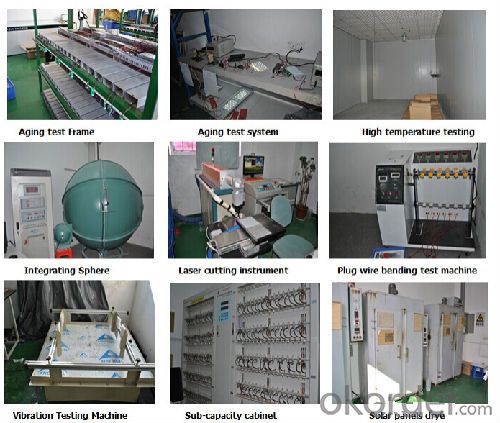
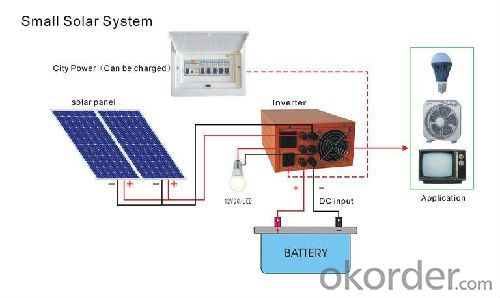
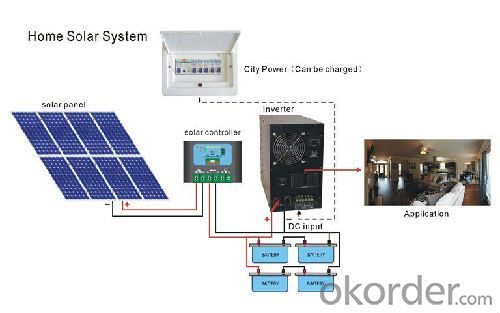
- Q: What is the maximum number of MPPT inputs in a solar inverter?
- The maximum number of MPPT inputs in a solar inverter can vary depending on the model and manufacturer. However, it is common to find solar inverters with a maximum of two or four MPPT inputs.
- Q: Can a solar inverter be used with a string inverter system?
- No, a solar inverter cannot be directly used with a string inverter system. A solar inverter converts the direct current (DC) generated by the solar panels into usable alternating current (AC) electricity. On the other hand, a string inverter manages the output of multiple solar panels connected in series, converting the DC power from the panels to AC power for the grid. These two types of inverters serve different functions and are not compatible with each other.
- Q: Can a solar inverter be installed outdoors?
- Yes, a solar inverter can be installed outdoors. However, it is important to ensure that the inverter is designed to be weatherproof and can withstand the elements. Additionally, proper ventilation and protection from direct sunlight should be considered when installing the inverter outdoors.
- Q: Can a solar inverter be used with a solar-powered healthcare system?
- Yes, a solar inverter can be used with a solar-powered healthcare system. A solar inverter is responsible for converting the direct current (DC) generated by the solar panels into alternating current (AC) that can be used to power electrical equipment. Therefore, it is an essential component in any solar-powered system, including healthcare systems, to ensure the efficient and reliable operation of medical equipment.
- Q: Can a solar inverter be used in harsh environmental conditions?
- Yes, a solar inverter can be used in harsh environmental conditions. Most solar inverters are designed to withstand a wide range of environmental factors such as extreme temperatures, humidity, dust, and vibrations. They are often built with durable materials and have protective coatings to prevent damage from harsh weather conditions. Additionally, many solar inverters are equipped with advanced cooling mechanisms to prevent overheating in hot climates. However, it is important to note that the specific durability and performance of a solar inverter in harsh conditions may vary depending on the brand and model. It is recommended to choose a reliable and high-quality solar inverter that is specifically designed for use in harsh environmental conditions to ensure optimal performance and longevity.
- Q: Can a solar inverter be used in mobile or portable solar systems?
- Yes, a solar inverter can be used in mobile or portable solar systems. Solar inverters are essential components that convert the direct current (DC) generated by solar panels into alternating current (AC) that can be used to power various devices. They are designed to be adaptable and can be used in a wide range of applications, including mobile or portable solar systems. This allows individuals to harness solar energy and use it to power their devices wherever they go, making it a convenient and sustainable solution for on-the-go power needs.
- Q: What is the role of a solar inverter in a solar-powered electric vehicle charging station?
- The role of a solar inverter in a solar-powered electric vehicle charging station is to convert the direct current (DC) produced by the solar panels into alternating current (AC) that can be used to charge electric vehicles. The inverter ensures that the electricity generated by the solar panels is compatible with the charging station and the electric vehicle's charging requirements.
- Q: What is the difference between a grid-tied and off-grid solar inverter?
- A grid-tied solar inverter is connected to the local utility grid and allows for the transfer of excess energy generated by the solar panels back to the grid. This type of inverter does not have the capability to store energy and requires a constant grid connection to function. On the other hand, an off-grid solar inverter is designed to be used in systems that operate independently from the utility grid. It is typically used in remote areas or locations where grid connection is not available. These inverters have the ability to store excess energy in batteries for later use when there is no solar generation.
- Q: Can a solar inverter be used with a solar-powered electric fence system?
- Yes, a solar inverter can be used with a solar-powered electric fence system. The solar inverter is responsible for converting the DC (direct current) power generated by the solar panels into AC (alternating current) power, which can be used to power the electric fence system. This ensures that the solar-powered electric fence system can operate efficiently and effectively, utilizing the energy harnessed from the sun.
- Q: What are the advantages of using a transformerless solar inverter?
- One advantage of using a transformerless solar inverter is its higher efficiency. By eliminating the need for a bulky and heavy transformer, the inverter can convert the DC power from the solar panels to AC power more efficiently. This results in less energy loss during the conversion process, leading to higher overall system efficiency and increased energy generation. Additionally, transformerless inverters tend to be smaller and lighter, making them easier to install and maintain.
Send your message to us
Solar Inverter 220 Volt Grid-Tied Solar PV Inverter 20000TL - Flexible and Economical System Solution
- Loading Port:
- Shanghai
- Payment Terms:
- TT or LC
- Min Order Qty:
- 10 unit
- Supply Capability:
- 10000 unit/month
OKorder Service Pledge
OKorder Financial Service
Similar products
Hot products
Hot Searches
Related keywords
